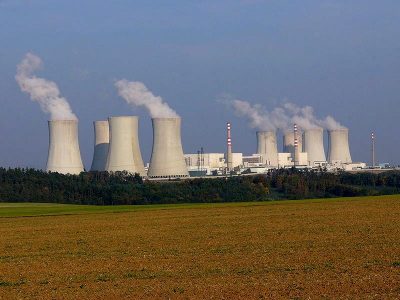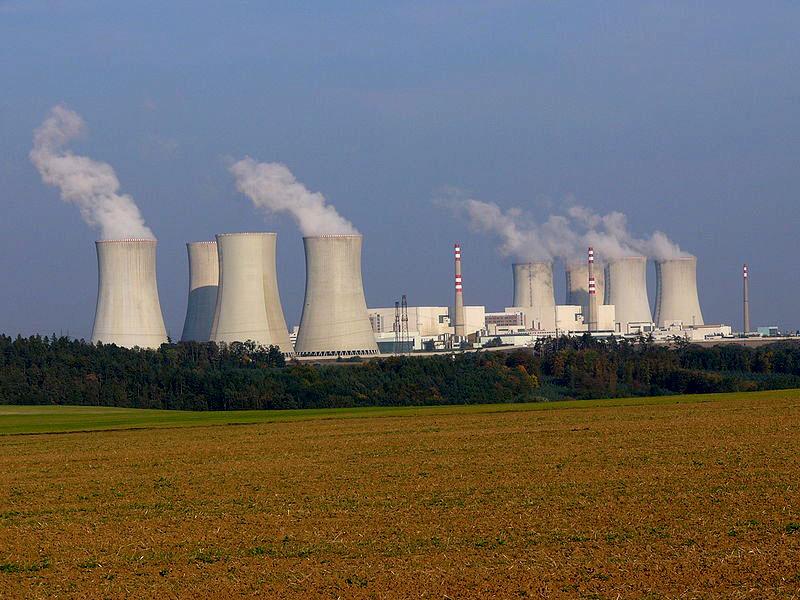 Beginning in the 1990s, the U.S. Nuclear Regulatory Commission (NRC) effectively permitted U.S. reactor operators to double the amount of time nuclear fuel can be irradiated in a reactor— by approving an increase in the percentage of uranium-235, the key fissionable material that generates energy. In doing so, NRC bowed to the wishes of nuclear reactor operators, motivated more by economics than spent nuclear fuel storage and disposal.
Beginning in the 1990s, the U.S. Nuclear Regulatory Commission (NRC) effectively permitted U.S. reactor operators to double the amount of time nuclear fuel can be irradiated in a reactor— by approving an increase in the percentage of uranium-235, the key fissionable material that generates energy. In doing so, NRC bowed to the wishes of nuclear reactor operators, motivated more by economics than spent nuclear fuel storage and disposal.
While the move to high burnup in U.S. power reactors has improved the nuclear power sales, it remains a significant impediment to the safe storage and disposal of spent nuclear fuel. For more than a decade the problems and concerns associated with high burnup spent nuclear fuel have increased, while the resolution of these problems remains illusive.
Robert Alvarez, an Institute for Policy Studies senior scholar, served as a senior policy adviser to the Secretary of Energy during the Clinton Administration.
